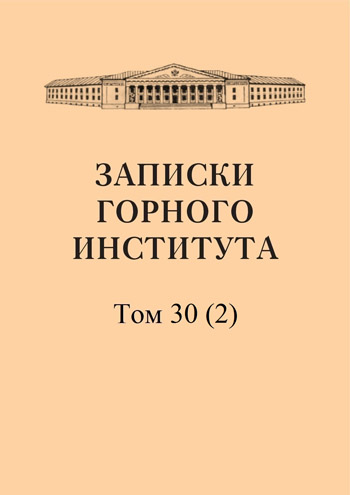Determination of the fusibility of minerals using the blowpipe method
Abstract
Testing minerals with a blowpipe has its own history. When searching for ores, Russian mining engineers constantly used this method, developing and improving it. The most basic test with a blowpipe consists of heating a mineral fragment in order to study its behavior at high temperatures. Fusibility is the most important feature in determining minerals. The existing scale of mineral fusibility is satisfactory. However, it is better to take the following minerals as standards for the scale: No. 2 - halite (800°), No. 3 - grossular, fluorite, albite (1100°), No. 4 - nepheline or muscovite (1200-1250°), No. 5 - orthoclase, microcline or talc (1300-1350°), No. 6 - beryl (1410°) or serpentine (1450°). Determination of melting point is possible with an accuracy of up to +20° if it is carried out on rods prepared from dough converted into mineral powder. In this case, rods from the pyroscopes of the State Porcelain Factory prepared in the same way should be taken as standards. The melting point of the pyroscope scale numbers is given in the table. Clarification of the melting point is especially important for silicates. The melting points of many minerals are given in the first volume of the Reference Tables of Physical Quantities of the Technical Encyclopedia (1935).
References
- Zamyachinsky P.A. and Zenkevich F.A. A simple approximate method for determining the refractoriness of clays. Proceedings of the Ceramic Institute, 1930, issue 24.
- Razumovsky N.K. Determination of minerals by external appearance and using a blowpipe. Gosgeolnefteizdat. 1933.
- Pilipenko P.P. and Kalinin P.V. Identifier of minerals using a blowpipe. Gosgeolizdat, 1947.
